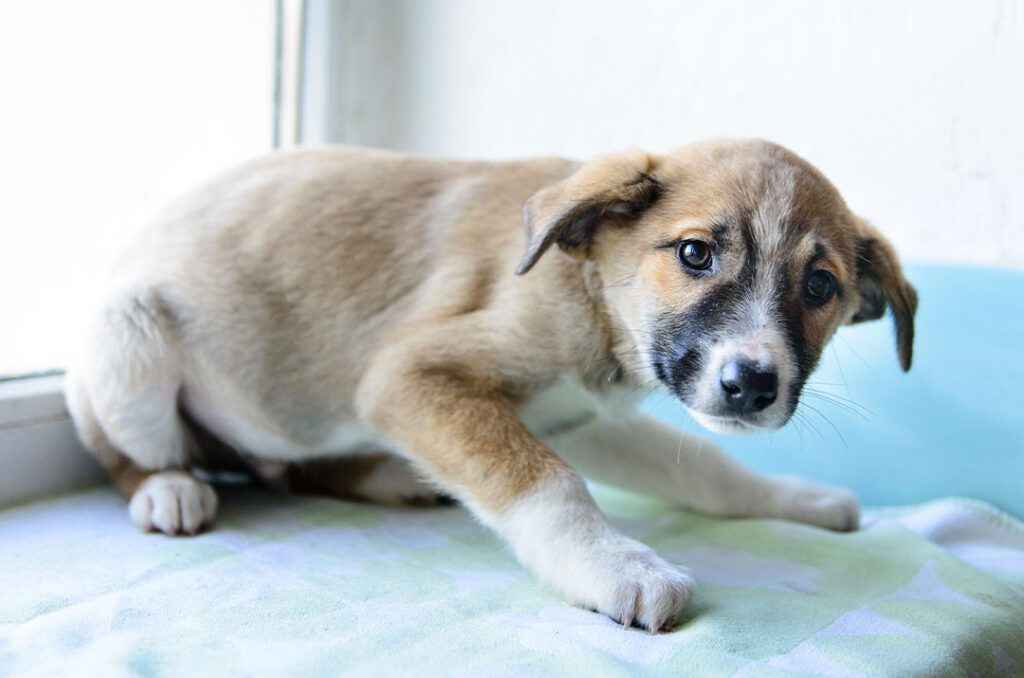
Welcoming a furry friend into your life can be an incredibly rewarding experience. Dogs bring joy, companionship, and unconditional love to our homes. However, not all dogs start off with confidence and fearlessness. Some pups may come into our lives carrying past traumas or genetic predispositions that make them prone to fear and anxiety. As responsible pet owners, it is our duty to understand and support these fearful dogs to help them lead fulfilling lives. In this blog post, we will explore the reasons behind a dog’s fearfulness and discuss practical ways to assist them in overcoming their anxieties.
Understanding Fearful Dogs
Fearfulness in dogs can manifest in various ways, including trembling, excessive barking, hiding, cowering, or even displaying aggressive behavior when feeling cornered. The reasons behind a dog’s fear can be diverse:
- Past Traumas: Dogs that have experienced traumatic events, such as abuse or neglect, may develop deep-seated fears that linger long after the traumatic experience.
- Lack of Socialization: Puppies that haven’t been adequately exposed to various people, animals, and environments during their critical socialization period (up to 16 weeks) are more likely to develop fear and anxiety.
- Genetic Predisposition: Some dogs may have a genetic predisposition to be more anxious or timid due to their breed or lineage.
- Health Issues: Fear and anxiety can also be related to certain medical conditions, so it’s essential to rule out any underlying health problems through a visit to the veterinarian.
Helping Fearful Dogs
- Patience and Empathy: Dealing with a fearful dog requires patience and empathy. DO NOT scolding or punishing the dog for their fearful behaviors as it will exacerbate their anxieties. There is no place for punishment based training here.
- Positive Reinforcement: Use positive reinforcement techniques to encourage and reward brave behavior. When your dog faces their fears and remains calm, offer treats, praise, and affection to reinforce this positive behavior.
- Create Safe Spaces: Designate a quiet and secure space in your home where your dog can retreat when feeling overwhelmed. This “safe space” can be a crate, a cozy corner, or a soft bed. Allow them to be there when they need to.
- Gradual Exposure: Gradually expose your dog to the things that trigger their fear, but ensure that it’s done at a pace they can handle. For example, if your dog is afraid of strangers, introduce them to new people slowly and in a controlled environment.
- Behavioral Training: Enroll your dog in positive reinforcement-based obedience training. This can boost their confidence and create a stronger bond between you and your pet.
- Desensitization: Work on desensitizing your dog to their fears by slowly exposing them to the source of anxiety at a distance and increasing the exposure over time as they become more comfortable.
- Seek Professional Help: If your dog’s fearfulness is severe and affecting their quality of life, consider seeking the assistance of a professional dog trainer or animal behaviorist.
Supporting a fearful dog can be a challenging yet deeply rewarding experience. By understanding the root causes of their fears and implementing positive reinforcement-based techniques, you can help your anxious canine companion overcome their anxieties and lead a happier, more fulfilling life. Remember, each dog is unique, and progress may take time, so be patient, and celebrate every small step towards their emotional well-being. With your love and support, your fearful dog can blossom into a confident and contented member of your family.

